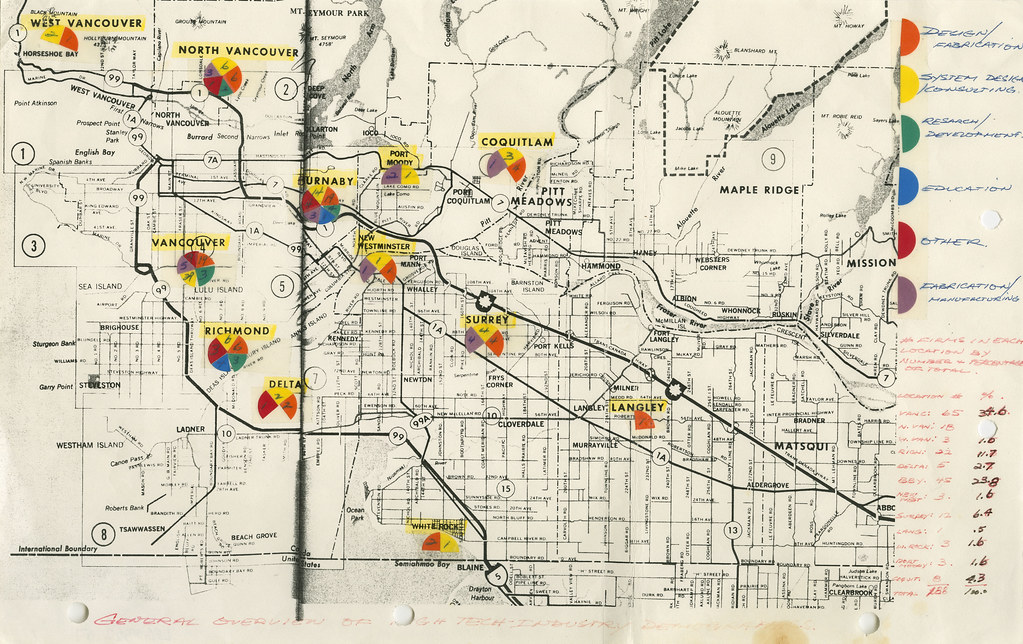The Data-Driven Series – Demographics (Introduction)

Welcome to our Data-Driven Series. Each of our data-driven articles uses real-world numbers and analysis to help explain how we reached our conclusions, and support our recommendations. Introductory articles in the series will be limited in numbers as they are only intended to introduce the subject and explain why we will be digging into them.
Data Gathering, Analysis, and Visualization
Unless otherwise stated, all data for our series comes from publicly available sources, and all analysis and visualizations are done by us using this data. We may use ideas or stories from other sources, but we verify that the available data agrees based on our own analysis before we use any conclusions based on the work of others.
We do our best to identify any assumptions we need to make and call out any areas of uncertainty in our conclusions. However, we are only human, so we know we will make a mistake at some point. We are always open to valid criticism and corrections and are willing to acknowledge any mistakes that are pointed out to us. If you have access to data to contradicts our work, please let us know so we can improve our work.
Since we maintain our own copies of all data we use, we are able to combine data from multiple sources to create deeper and more nuanced analyses. In the future, we intend to make all of our data and analyses available for other people to use on their own.
Introduction to Demographics
Demographics describe the population at large. It is the study of the size, character and distribution of a population, usually of the population of a nation or region. Demographics is a genre of social science, which includes statistics, sociology, and economics. Demographics are often used to create a snapshot of a population, to assess the state of a population, to plan a public health program, or to assess the effectiveness of a marketing campaign.
Demographics include a lot of different factors, depending on what type of research and analysis you are performing. Some factors are used in many or most demographic analyses.
- Age
- Gender
- Race / Ethnicity
- Relationship Status
- Address (especially postal code)
- Income
Other factors are domain-specific and are generally only used in research in that particular area – for example, real estate research.
- Homeownership status
- Property Value
- Last Sale Date & Price
- Home Type (detached single-family, duplex, townhouse, etc.)
- Home Size (square feet, bedrooms, bathrooms, etc.) & Lot Size
- Included Amenities (garage size, AC, basement, pool, etc.)
Regional factors might be included too.
- City or Town Size
- Population Growth
- Job Growth
- Unemployment Rate
- Major Industries
- And More
Most demographic analyses are also time-based and involve tracking these factors over a period of time – week, month, quarter, and year are common frequencies.
Demographic Analysis Areas of Interest
There are a number of different areas of demographics that we plan on looking at throughout this series. If you see anything missing you would like us to look into, or you want us to go into more detail in any areas, drop us a message and let us know! Each of these areas will also look at the relationship with other demographics areas. For example, for our crime analysis, we will also be looking at environmental, wealth/income, education, real estate, and regional factors.
- Crime
- Real Estate
- Medical Outcomes
- Poverty vs Wealth
- Diversity – race, gender, age, immigration, family, etc.
- Environmental – pollution, water use and safety, access to nature, and more
- Political Views
- Climate Change
- Homelessness
We will expand this list based on your feedback. If there is enough interest, some of these could become their own series as well.


